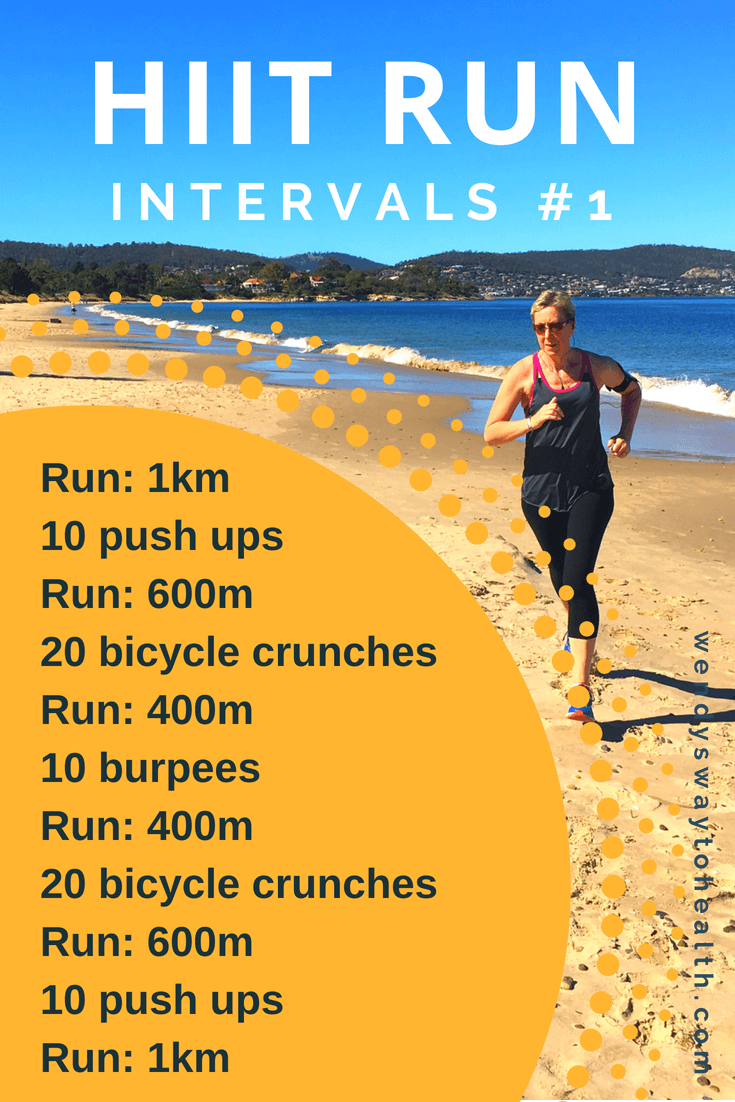The Ultimate Running Strategy Guide: Achieve Your Physical Fitness Goals
The Ultimate Overview to Dealing With Pain When Running
For runners, experiencing pain during runs is not uncommon, and understanding just how to effectively manage and prevent it can make a considerable difference in your general efficiency and satisfaction of the sporting activity. Whether you are a skilled marathoner or simply beginning your running trip, recognizing the various kinds of pain that can arise and the techniques to address them is critical. From pre-run workout routines to correct shoes option, there are countless factors to consider when it comes to handling discomfort while running. This comprehensive overview will certainly furnish you with the expertise and tools essential to navigate through the pain and encourage you to achieve your running goals with greater ease.

Understanding Various Kinds Of Running Pain
When running, it is essential to identify between various kinds of pain to stop injuries and maximize performance (Read More). One typical type of discomfort that joggers may experience is muscle soreness, which typically emerges from the anxiety put on muscles throughout exercise. This kind of discomfort is commonly a normal component of the running procedure and can be managed via appropriate warm-up, cool-down, and extending routines
Another sort of discomfort to be knowledgeable about is joint discomfort. Joint discomfort can indicate problems such as overuse, inappropriate form, or underlying problems like joint inflammation. Ignoring joint pain can bring about more serious injuries, so it is critical to address any type of pain promptly and possibly seek specialist advice.
Additionally, sharp or stabbing pains must not be overlooked. These types of pain can indicate severe injuries such as pressures, strains, or tension fractures - running strategy. Proceeding to run via these kinds of pain can intensify the injury and extend recuperation time

Pre-Run Warm-Up and Stretching Regular
To prepare the body for a running session, applying an efficient pre-run workout and extending routine is vital. A correct workout helps increase blood flow to the muscle mass, enhances adaptability, and reduces the risk of injury during the run. Begin with dynamic stretches like leg swings, arm circles, and high knees to slowly increase your heart rate and relax the muscular tissues. Dynamic extending helps imitate the motions you'll be doing while running, preparing your body for the task ahead. Follow this with fixed stretches focusing on major muscular tissue teams such as the hamstrings, quadriceps, calf bones, and glutes. Hold each go for about 15-30 secs without bouncing to promote muscle mass leisure and flexibility. Remember to pay attention to your body and change the intensity of your workout based upon your physical fitness level and any kind of pre-existing problems. By incorporating a consistent pre-run workout and stretching regular into your running regimen, you can maximize efficiency and reduce the threat of pain or injury.
Correct Footwear Option and Fit
When picking operating footwear, it is essential to consider elements such as foot type, running gait, arch support, cushioning, and shoe dimension. Checking out a specialized running shop for a stride evaluation and professional fitting can assist make certain that you select the right shoes for your private needs. Investing in top quality footwear that is suitable for your running style and foot anatomy is a proactive step towards avoiding pain and injuries during your runs.
Nutrition and Hydration Tips for Pain Prevention

Hydration is similarly essential for joggers to avoid aches, dehydration, and various other discomforts that can cause discomfort during running. It is suggested to drink a sufficient quantity of water throughout the day and especially previously, throughout, and after running sessions. Electrolyte-rich drinks or sports beverages can additionally be advantageous for renewing shed minerals and maintaining appropriate liquid equilibrium. running workout (Read More). By focusing on nourishment and hydration, joggers can enhance their efficiency, minimize pain, and appreciate a much more comfy running experience.
Post-Run Healing Techniques to Reduce Pain
Carrying out reliable recovery techniques is necessary for alleviating pain and advertising muscular tissue recuperation after running sessions. One this website key post-run healing method is extending. Including fixed stretches for major muscle mass groups can help in reducing muscular tissue tension and soreness. Foam rolling is another useful technique to launch muscular tissue rigidity and boost blood circulation to the muscles, aiding in quicker recovery. Additionally, icing sore areas for 15-20 minutes can help decrease inflammation and numb pain post-run.
Eating a balanced snack or dish that includes protein and carbs within 30 minutes of finishing a run can aid repair muscle cells and renew energy shops. By integrating these post-run recuperation methods into your regimen, you can successfully handle pain and enhance your running performance.
Verdict
Finally, addressing various kinds of running discomfort with correct warm-up, stretching, shoes selection, nourishment, hydration, and post-run recovery strategies is vital for pain avoidance and management. By understanding the reasons of discomfort and carrying out these strategies, joggers can minimize discomfort and possible injuries. It is important to prioritize general physical wellness and wellness to make certain a successful and delightful running experience.